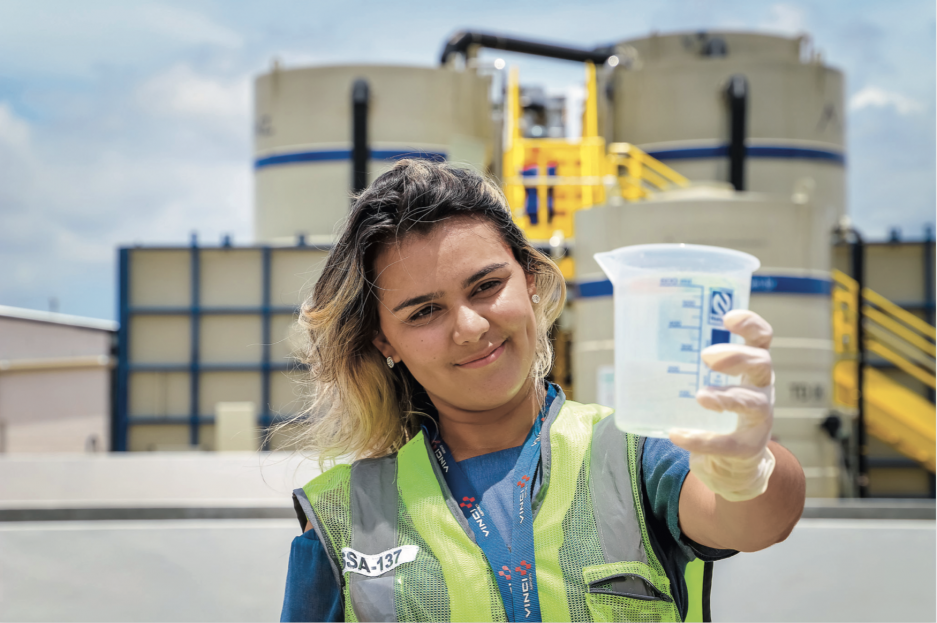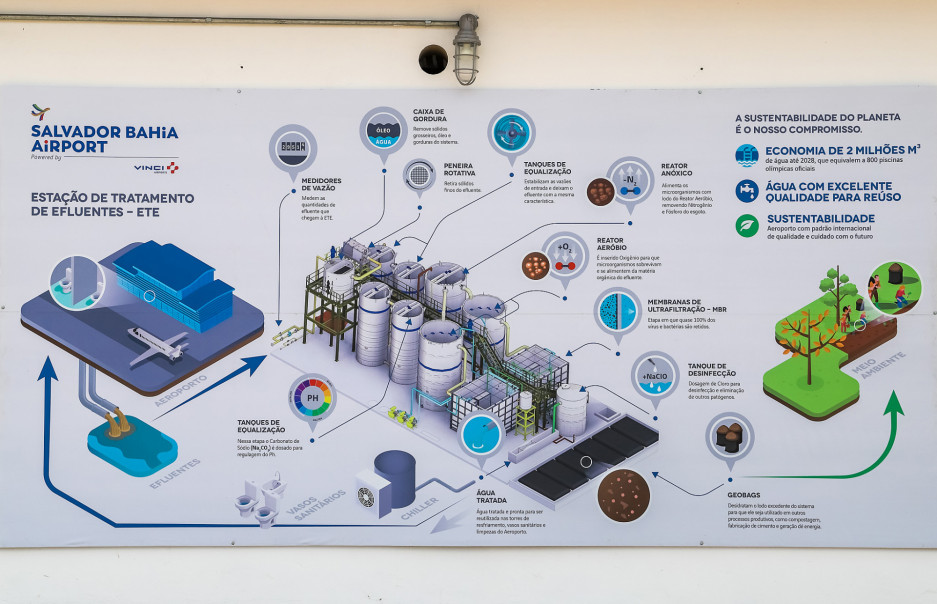
Positive Mobility
eMagTowards a new circular economy for water?

Water is a scarce and precious resource. With the planet facing shortages in the long term and the ever-growing pressures of the climate emergency, wastewater reuse is emerging as a core concern. We take a look at the emergence of a circular economy for water.
Water, too often overlooked in debates on the environment, is a major challenge facing our planet. Worldwide, around 80% of wastewater is discharged into the environment without adequate treatment. This figure rises to an average 92% in low income countries. In many regions of the world, water polluted with bacteria, solvents, phosphorous and nitrates is poured directly into rivers and streams, causing uncountable harm to human and environmental health as well as to local economic productivity.
Wastewater: a new black gold?
In a report published in 2017, the UN called for a change of paradigm in attitudes to wastewater. Could wastewater become a new black gold? “When not ignored, used water has long been seen as simply a burden for disposal. With rising water scarcity in many regions, this is changing, and we see increasing recognition of the importance of wastewater collection, treatment and reuse,” said Irina Bokova, the former UNESCO director-general.
With water resources becoming increasingly scarce, driven in particular by the climate emergency, recovery of wastewater is an issue of ever greater importance. The current challenge is to find a virtuous business model for this circular economy. As the UN report stresses, “water reuse becomes more economically feasible if the point of reuse is close to the point of production.” This is exactly the approach adopted by VINCI Airports in Brazil.
Zero liquid discharge at Salvador Bahia airport
Thanks to the wastewater treatment plant installed at Salvador Bahia airport, 2 million cubic metres of water will be saved over a decade, equivalent to 800 Olympic-size swimming pools. Commissioned in 2018, the treatment plant ensures that 100% of effluent can be treated on site, making the airport one of the few anywhere to already meet the Zero liquid discharge target. Treated wastewater is reused for toilets, maintaining green spaces, firefighting, on-site construction works and in cooling towers. A textbook case of the circular economy for a small water cycle.
“The wastewater treatment plant uses one of the most recent advances in effluent treatment technologies: ultrafiltration membrane elements that ensure a far higher portion of the organic load is eliminated at the process outflow,” explains Rodrigo Tavares, head of environment services at Salvador Bahia airport. “We’re the only Brazilian airport to use this technology. It’s a statement of our commitment to sustainability.” And an award-winning commitment for the airport, member of the VINCI Airports network since 2018, which was honoured for its wastewater treatment processes during the most recent edition of ACI-LAC Green Airport Recognition.

VINCI Airports and the fight for water
The Salvador Bahia example is emblematic of VINCI Airports’ efforts across its entire 45-airport worldwide network. Having already met a series of targets for 2015-2020, it has now committed to new environmental targets for the period up to 2030. One of these is to halve the volume of water used per passenger in the airport network through actions in several areas: installation of wastewater collection and treatment systems, low-flush toilets and the adoption of new earthworking techniques that deliver a 40% cut in the volume of water needed for runway watering.
The fact is that water use worldwide has been rising by around 1% every year since the 1980s. UNESCO warns that this ecosystem-endangering rhythm will continue until 2050 if we do not take action. Now is the time to reverse this curve.